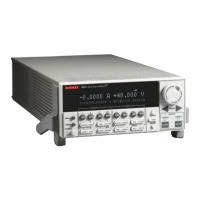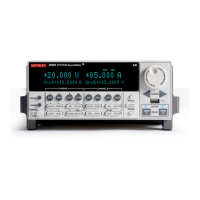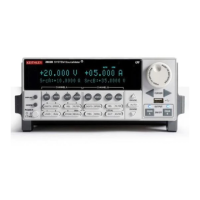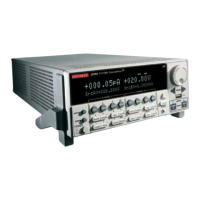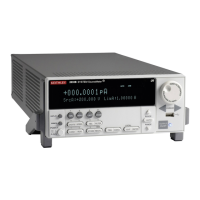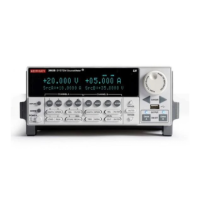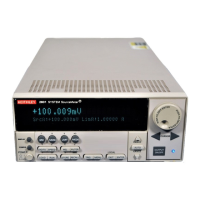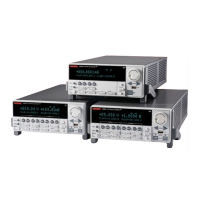5-9
SECTION 5
Using Substrate Bias
istop, isteps, vstart, vstop, vsteps,
vsbsource)
is created.
istart
• represents the start value for the base current
sweep
istop
• represents the stop value for the base current
sweep
isteps
• represents the number of steps in the sweep
vstart
• represents the start value for the collector-
emitter voltage sweep
vstop
• represents the stop value for the collector-emitter
voltage sweep
vsteps
• represents the number of steps in the sweep
vsbsource
• represents the substrate bias voltage
If these values are left blank, the function will use the default
values given to the variables, but you can specify each vari-
able value by simply sending a number that is in-range in the
function call. As an example, if you wanted to have the base
current (I
B
) current sweep start value at 20µA, the base cur-
rent sweep stop value at 200µA and the number of steps to
be 10, the collector-emitter (V
CE
) voltage sweep start value
at 1V, the collector-emitter sweep stop value at 12V and the
number of steps to be 80, and the substrate bias to be –2V, you
would send
BJT _ Comm _ Em t _ Vsb(20E-6,
200E-6, 10, 1, 12, 80, -2)
to the instrument.
The sources will be enabled, and the substrate bias is applied, 10.
the base current value is applied, and the collector-emitter
voltage sweep is executed. The base current value is then
incremented and the collector-emitter sweep is re-run.
Once the gate-source sweep has been completed, the data (I11.
B
,
V
SB
, V
CE
, and I
C
) will be presented in the Instrument Console
window of TSB.
5.4.3 Typical Program 14 Results
Figure 5-8 shows a typical plot generated by example Program 14.
5.4.4 Program 14 Description
After both instruments are returned to default conditions, Node 1
SMUB, which sweeps IB, is configured as follows:
Source I•
IV compliance, 1.1V range•
Local sense•
istart
• : 10µA
istop
• : 50µA
isteps
• : 5
Next, Node 1 SMUA, which sweeps V
CE
and measures I
C
, is set up
to operate in the following manner:
Source V•
Local sensing•
100mA compliance, autorange measure•
1 NPLC Line cycle integration•

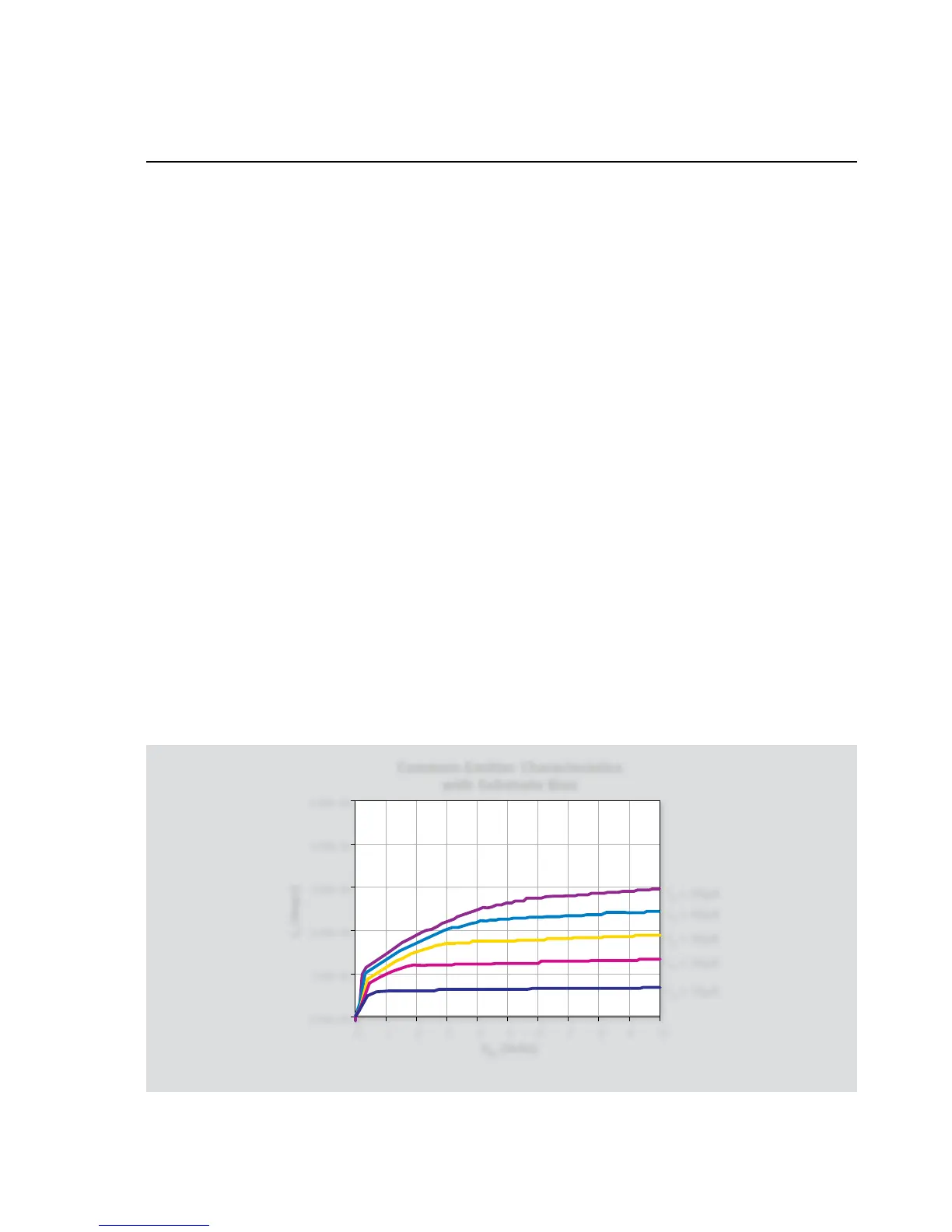